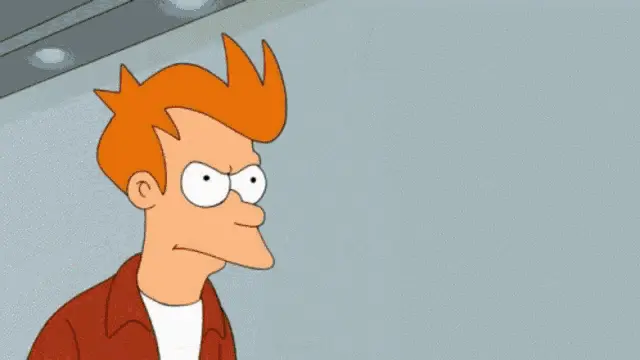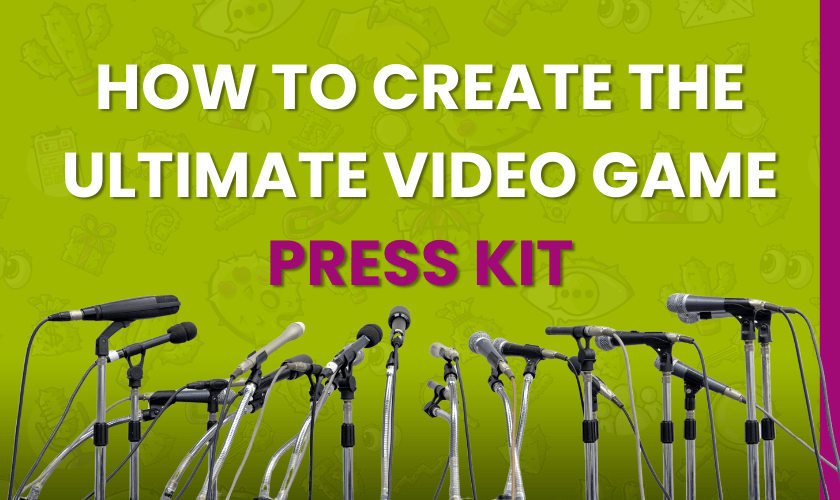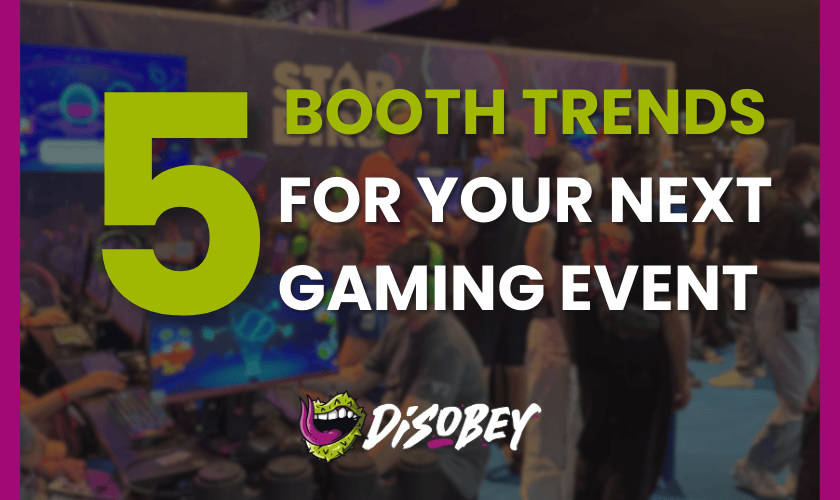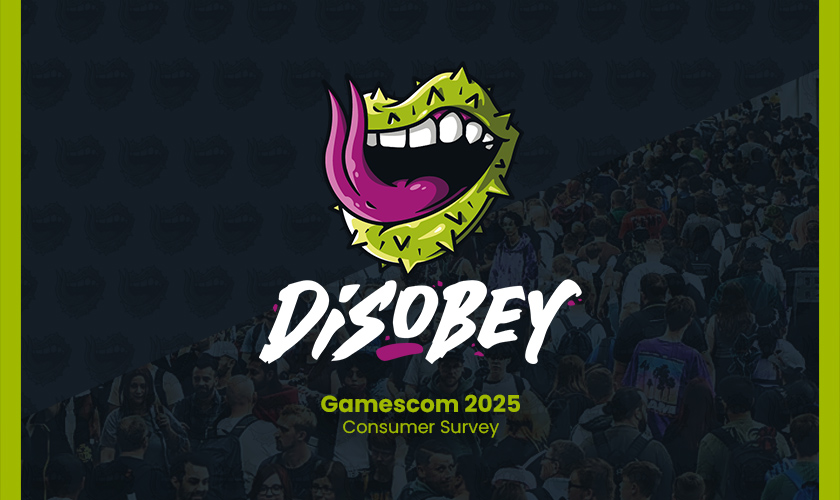Influencer marketing for indie games is a powerful way to boost reach, wishlists & sales. But one area devs often overlook is influencer content usage rights. Get this wrong & you risk legal headaches or broken trust with creators. It’s still the wild wild west out there 🤠 & if you don’t get it right, you could end up in sticky legal territory.
So, you’ve got a sick clip, a hilarious stream moment, or a glowing review from an influencer. Can you repost it? Use it in ads? Stick it in your Steam trailer?
Let’s break down 👀👇

Influencer Content Usage Rights for Games: Paid vs Organic Explained
Woohoo! You’ve decided to work with influencers, now, here’s the nitty-gritty on content usage rights, so you stay out of legal trouble & don’t annoy creators in the process 💥
✨ Organic content = unpaid content
This is when an influencer posts about your game without payment, either out of love, hype, or maybe because you sent them a code.
🌵 Reposting (generally fine): Using built-in platform features like retweets (RIP), reposts, stories, etc. Most creators are cool with this; it helps amplify their reach, too.
🌵 Reuploading (ask first!): If you’re downloading influencer content to post on your own channels, make sure you have usage rights, especially if it's part of your game marketing strategy. It uses their face, voice & creative work, so check in first. Most creators are cool with it if you send them the clip & copy in advance.
💸 Paid content = content you’ve commissioned or boosted
Want to use influencer content beyond reposting, like in ads, trailers, or storefronts? You’ll need paid usage rights. These rights should be clearly covered in your influencer marketing contract, whether it’s a paid campaign or user-generated content (UGC) you want to repurpose for Steam, ads or social media.
Here’s what that can include:
🌵 Brand Usage: Posting influencer content on your own channels - Steam, social, trailers, TikTok edits, etc.
🌵 Paid Ads: Promoting their content via dark posts, meta ads, or boosted tweets.
🌵 Spark Ads / Whitelisting: Running ads from the creator’s account.
🌵 Repurposing: Editing, remixing, or stitching together clips, always get approval.
💡Pro Tip: Most social media platforms have their own copyright & fair use terms & conditions. Check out the policies on YouTube or TikTok as an example on why you should get a creator’s authorisation prior to posting, & what happens if you don’t 👀

Psst, our blog on Organic vs. paid social media: What’s best for your brand? is SUPER helpful if you’re unsure whether organic or paid content would make more of an impact in marketing your indie game 👀
What to Lock Down (Yes, Even for Indie Games)
1️⃣ Where you can use the content (social, Steam, trailers, ads)
2️⃣ For how long
3️⃣ Who can use it (you, publisher, partners)
4️⃣ Whether you can edit it
5️⃣ What credit is expected (tag, watermark, link)
6️⃣ What happens with raw files (who owns what)
What Are The Best Practices for Influencer Content Usage Rights?
👉 Always tag the creator when you repost
👉 Be upfront about your plans & budget, especially if you want to reupload, edit or run paid ads
👉 Get it in writing. A clause in your contract on usage rights is standard & your go-to saviour
💡 Pro Tip: Always clarify who owns the content after a campaign. Many indie devs overlook this part, but defining digital content ownership upfront avoids messy disputes later 🙏
Working with gaming influencers can supercharge your game's marketing strategy, but only if you handle influencer content rights correctly. Be clear, be legal, be cool to work with. Indie devs who master this will get more long-term value from every campaign. Creators love clear expectations & you'll love being able to legally reuse bangers that drive wishlists.
Need help working on a strategy or influencer campaign? Let’s chat 😍



